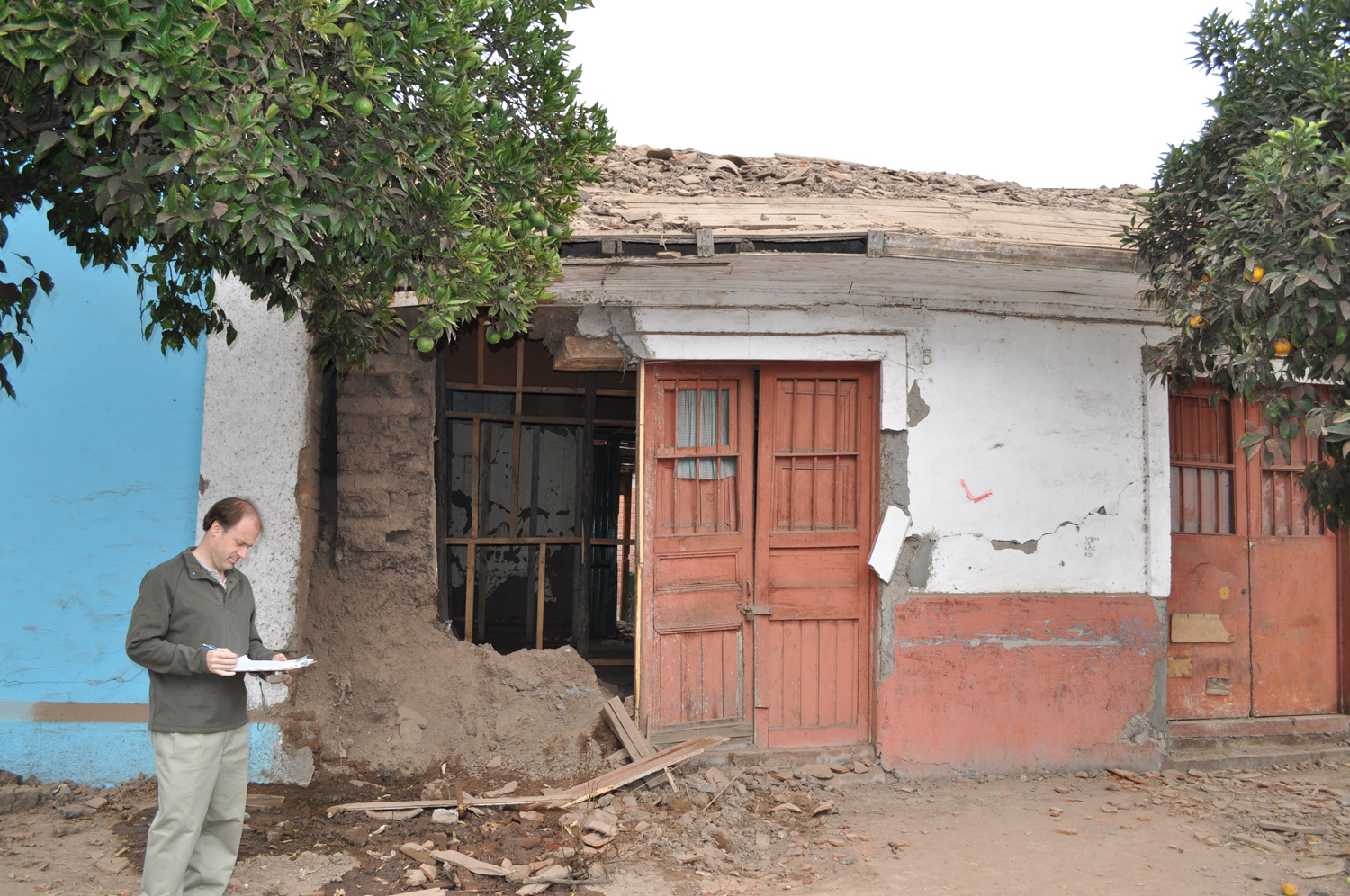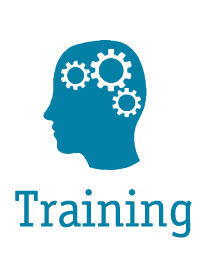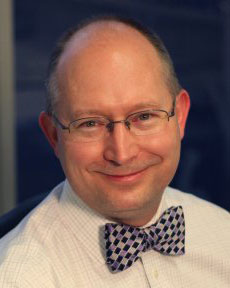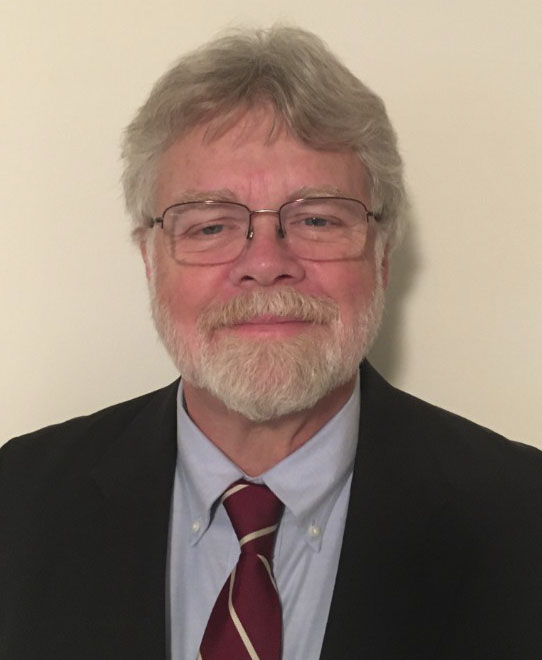The ATC team dispatched to Chile to investigate the effects of the February 27, 2010 magnitude-8.8 earthquake that caused widespread damage arrived in Chile on March 28, 2010 and ended its trip on April 3, 2010. The team consisted of Ramon Gilsanz (ATC Board President) of Gilsanz Murray Steficek LLP, New York City, Bret Lizundia of Rutherford & Chekene, San Francisco, John Price of Curry Price Court, San Diego, and Christopher Rojahn (ATC Executive Director) of Redwood City, California. The purpose of the trip was to observe the effects of the earthquake on buildings, with the goal of developing new information that can be used to improve engineering practice and perhaps revise and update the engineering guidelines and applications, including guidance on emergency response, that ATC has developed to date.
The team visited the towns of Santiago, Rancagua, San Fernando, Nancagua, Santa Cruz, Peralillo, Poblacion, Pumanque, Lolol, Curico, Talca, Constitucion, Chanco, Pelluhue, Concepcion, Talcahuano, and Vina del Mar where they met with several engineers, observed damaged and undamaged buildings, and, in some communities, interviewed local citizens. You can read a summary of the team’s initial observations here.

ATC Team Member Bret Lizundia inspects damage to adobe building in Chile




 Michael Valley
Michael Valley